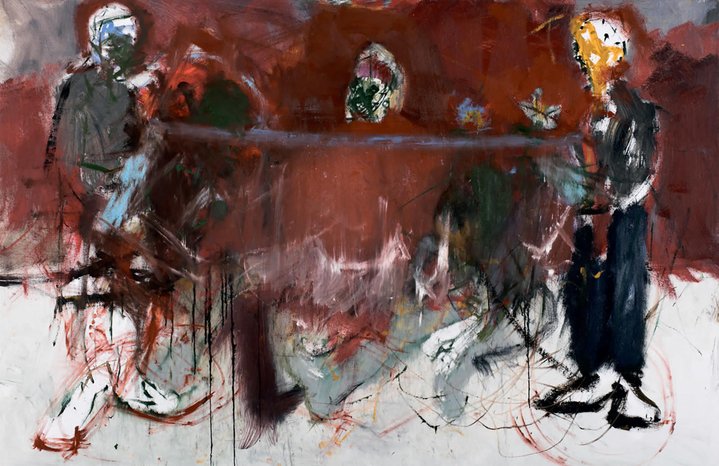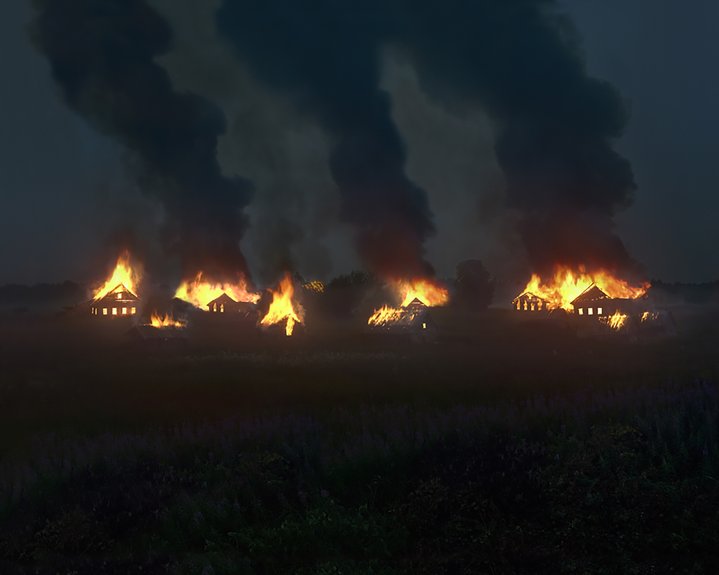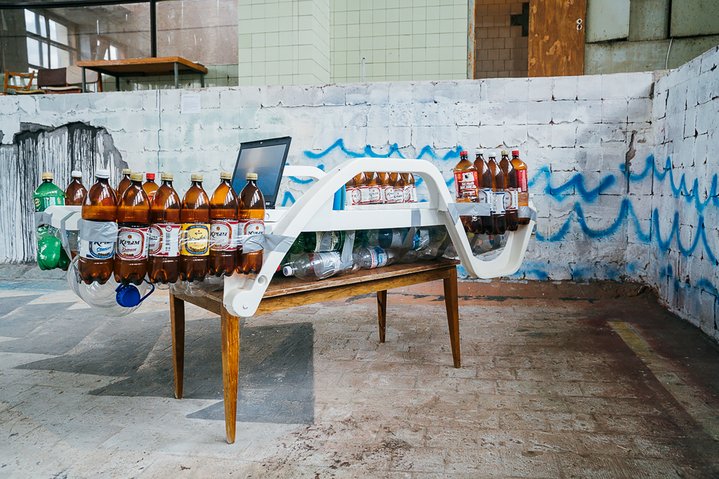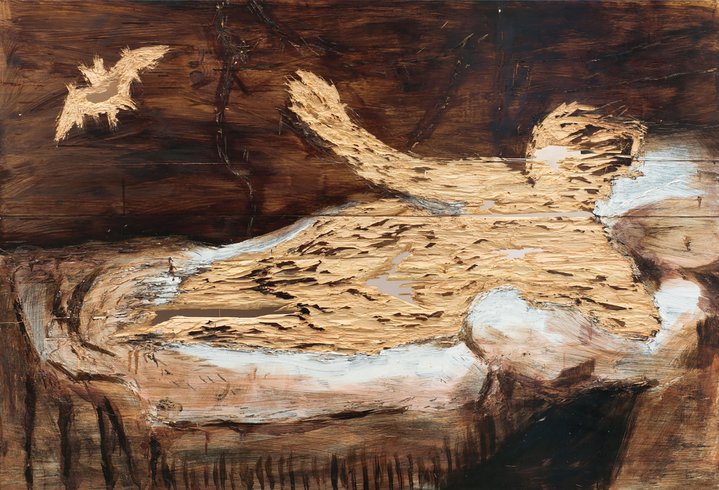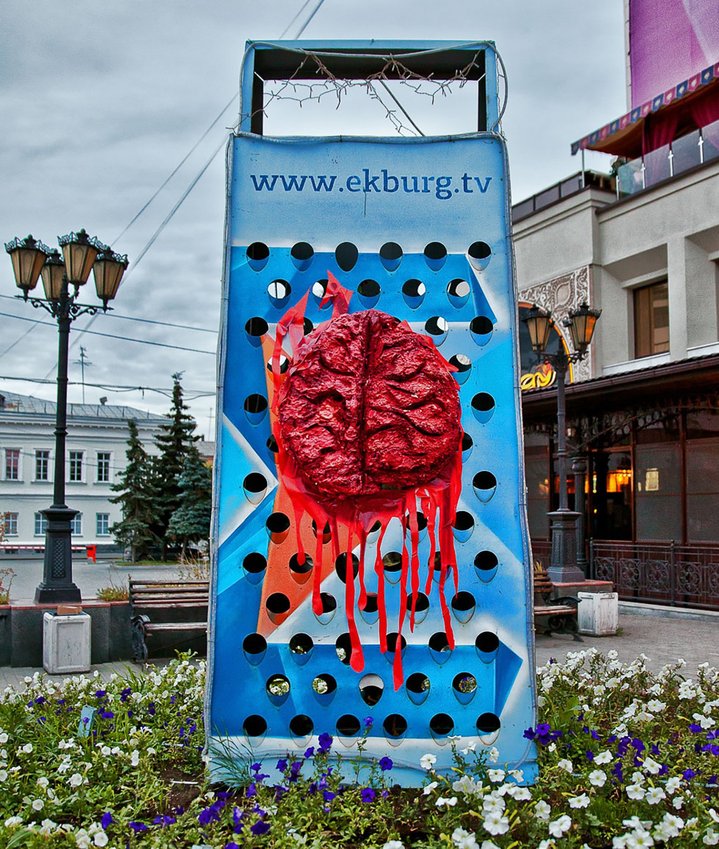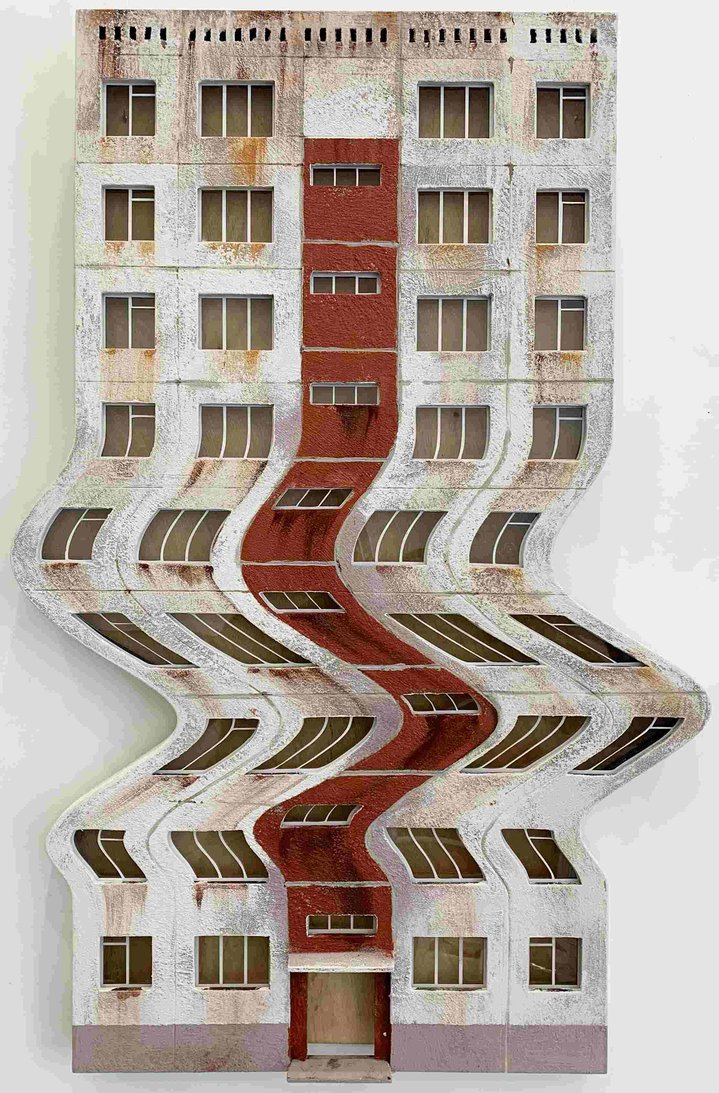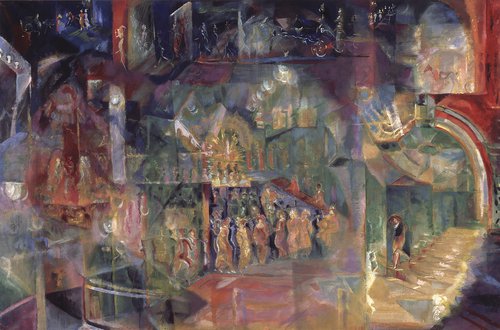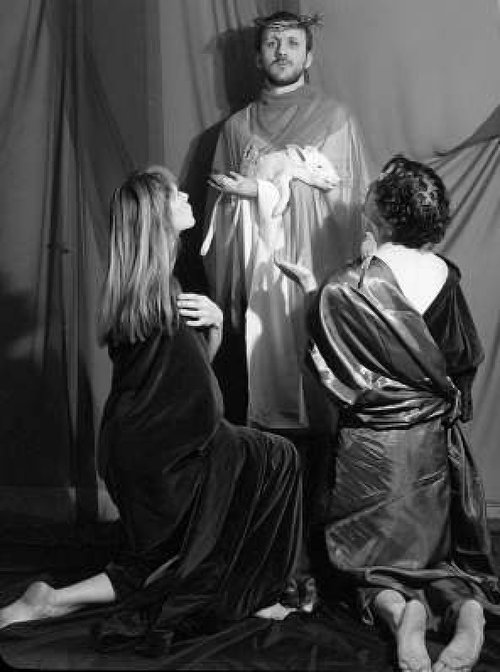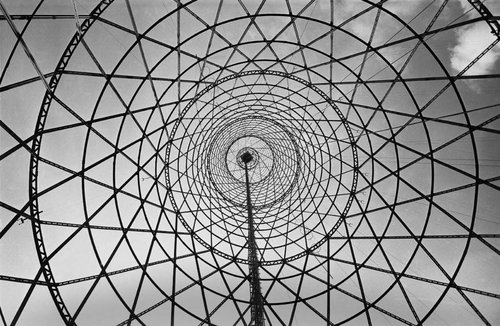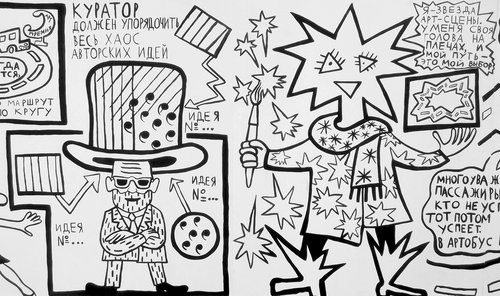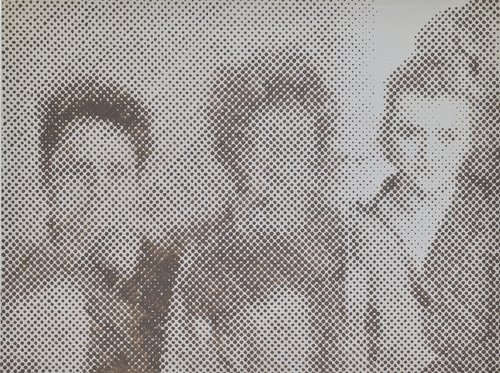History in the making: a new book on Russian contemporary art

A book called ‘Russian Art in the New Millenium’ by Edward Lucie-Smith and Sergei Reviakin was published by the British Unicorn Publishing Group in August. A brave step by the publishers and authors, taking the timing of the release into account.
At a time in the West when calls to cancel Russian culture are sounding louder every day, the appearance of this book is nothing short of a miracle. One cannot help wondering who are those gutsy people who dared to swim against the current. Both of the writers are based in London, Edward Lucie-Smith is a British journalist, while Sergei Reviakin is an art collector with Russian roots. This is important to keep in mind when you pick up this lavishly illustrated volume. Don’t let the ‘encyclopaedic’ title of the book mislead you. The literature references do not include any book titles or articles in academic journals, rather internet links many of which lead to Wikipedia pages in English. Here you will not find a rigorous academic approach, rather a collector’s choice, directed by personal will and whims. There is no point asking why an established and internationally acknowledged artist such as Alexander Shishkin-Hokusai (b. 1969) who represented Russia at the Venice Biennale in 2017 has been omitted while an obscure creator of 19th century style realistic landscapes or even an icon painter are given generous space. Such is the taste of the authors, there is a take it or leave it approach.
The number and quality of illustrations and lightness of the volume are among the book’s advantages. Some of the pearls of wisdom beg to be read aloud: “The images made by Moscow-based artists are, as one might expect, urban and sophisticated. Some of the artists were born in the capital; others have migrated there for the sake of the art. Interestingly, many of these Moscow-based artists are female.”
The charming naivite of writers who are looking at the Russian cultural scene from afar sometimes leads to almost comical faux pas, especially when they try to explore complex and sparcely documented phenomena such as the county’s street art. Mislead by the number of government-funded ‘urban art festivals’ that lead to a proliferation of mostly decorative or outward propagandist pseudo-patriotic murals, they draw conclusions that the street art scene in Russia, unlike the West, is supported by the authorities. This is sadly not the case, the only exception being Nizhny Novgorod known as the ‘capital of Russian steet art’, and even there it is tolerated rather than encouraged. Sometimes it seems that the writers are blindly following a path drawn by the designer who makes the layout so the text becomes an illustration to the image and not the other way around.
Yet the very scale of this effort deserves a certain degree of respect: the book’s creators managed to pack over 250 names of artists into its 240 pages. The authors tried to mention all significant and many not-so-signficant personalities who appeared on the Russian scene from the 2000s onwards. Artists who began their careers in the 1990s or late 1980s are omitted, although it is they who are largely forming the cultural landscape of Russia today. The writers obviously struggled with the structure of the book, perhaps being somewhat at a loss at the herculean task of organizing such a wealth of material. It seems they could not decide if they wanted to group artists by geographical origin, medium, style or gender, as you can reasonably conclude from the names of chapters, such as “From Past to Present”, “Nature & Landscape”, “Abstract & Surrealist Art”, “Icon Painters”, “Moscow”, “Saint Petersburg”, “Central Russia”, “Along the Volga”, “Around the Urals”, “Across the Country”, “Women's Art”, “Conceptual art” and so on.
Writing the history of events that are unfolding before our eyes right now is a challenging and often ungrateful task. The book was obviously put together before the start of the conflict in the Ukraine which has dramatically changed the Russian art world. Not surprisingly, a good portion of information in this book has become obsolete, something which leaps out even in the foreword. V-A-C Foundation’s space in Venice, called Palazzo delle Zattere has been closed down, and many artists mentioned in different parts of the book have left Russia ostensibly for good, including Pavel Otdelnov (b. 1979), Danila Tkachenko (b. 1989), Dmitri Venkov (b. 1980), and Alisa Yoffe (b. 1987).
Yet, the authors’ choice to ignore the current context looks like a deliberate decision. It seems they are choosing to live in denial, pretending not to notice the elephant in the room rather than make last minute updates. Thus, their book has become a memento of a saner and happier world. The world that now exists only in people’s memory, or on paper.






